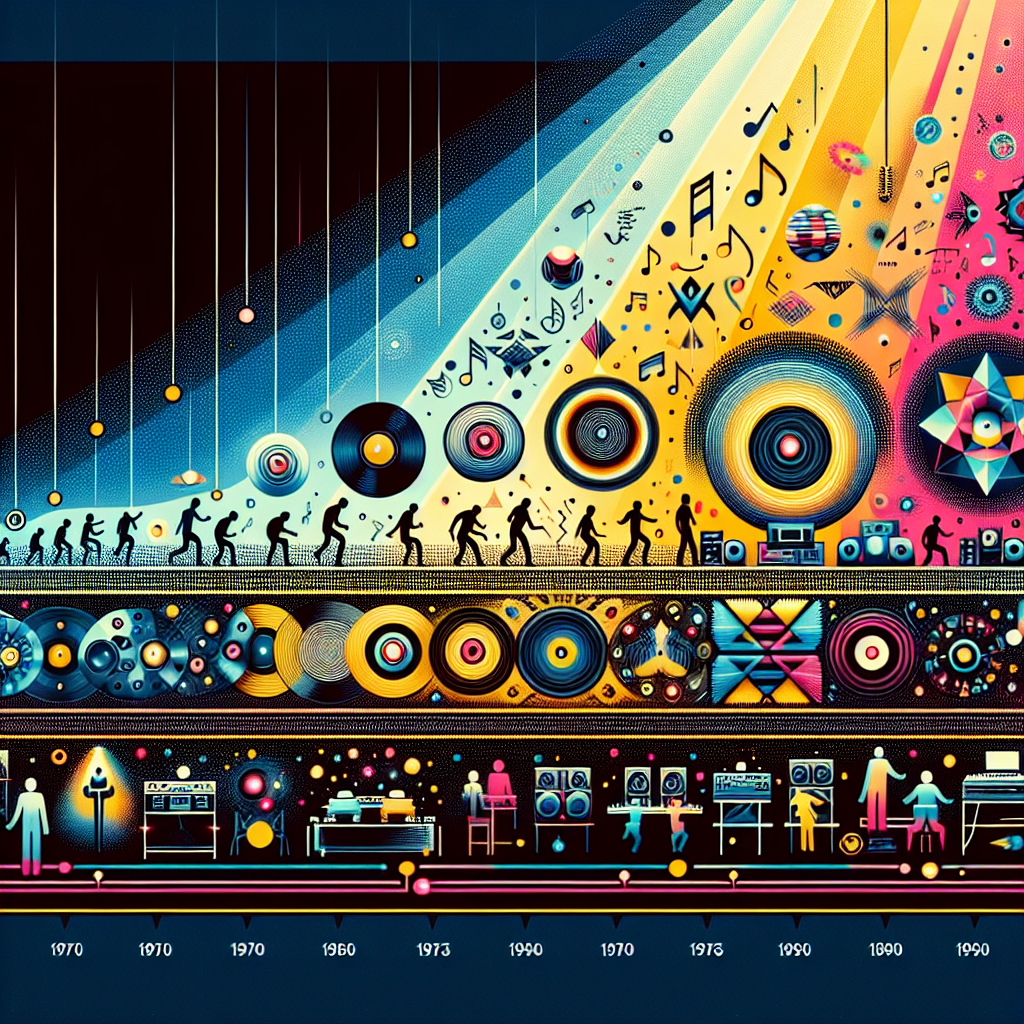A Deep Dive into the Evolution of Electronic Dance Music
Electronic Dance Music (EDM), also known as dance music, club music, or simply dance, is a broad range of percussive electronic music genres produced primarily for nightclubs, raves, and festivals. It emerged in the mid-1980s, and over time it has continually evolved, incorporating and morphing with various music styles.
BIRTH OF ELECTRONIC MUSIC AND TRANSITION TO ELECTRONIC DANCE MUSIC
Electronic music as a mainstream genre can be traced back to the 1970s and early 1980s, with artists like Kraftwerk, whose pioneering use of electronic instruments transformed the soundscape of the time. In Detroit and Chicago around this time, club DJs began experimenting with editing and remixing popular songs, laying the foundation for what would become house and techno music – the cornerstones of EDM.
By the late 1980s and early 1990s, these genres had penetrated the club scene in Europe, particularly in the United Kingdom. The Second Summer of Love in 1988 and 1989 saw a mass adoption of acid house and rave culture.
FURTHER EVOLUTION OF EDM AND ITS SUBGENRES
EDM evolved further and rapidly through the 1990s. The UK rave scene evolved into jungle/drum ‘n’ bass, hardcore, and UK garage, with each subgenre marked by its unique tempo and feel. Concurrently, in Europe, hard techno styles like gabber and happy hardcore became prominent.
Moving into the late ’90s and early 2000s, advancements in technology played a significant role in shaping the future of EDM. High-speed internet and affordable music production software made music creation and distribution more accessible to the general public. These developments birthed sub-genres like dubstep, electro house, and progressive trance, which would go on to dominate the EDM scene in the late 2000s.
THE 2010s: THE RISE OF EDM IN POPULAR MUSIC
By the 2010s, EDM had fully broken into the mainstream. Artists like Avicii, Skrillex, and David Guetta brought the genre further into the public eye with chart-topping hits. Pop artists also began to incorporate EDM elements into their music, helping further elevate the genre’s profile.
Today, EDM has firmly established its place in the music world with its various subgenres and cross-genre collaborations. It continues to influence many artists and has become a significant part of music festivals around the globe.
Conclusion
EDM’s evolution reflects the broader trends in our society, from technological advances to shifts in popular culture. The way EDM has grown and adapted over time showcases its enduring appeal, captivating global audiences with its pulsating beats and potential for innovative soundscapes. As technology continues to develop, there’s no doubt that EDM will continue to evolve and excite in unexpected ways.
FAQs
- 1. What is EDM?
- – EDM stands for Electronic Dance Music. It’s a genre featuring a broad range of percussive electronic music created mainly for nightclubs, raves, and festivals.
- 2. When did EDM emerge?
- – EDM emerged around the mid-1980s, evolving from the early days of electronic music.
- 3. What are some subgenres of EDM?
- – Some subgenres of EDM include house, techno, trance, drum ‘n’ bass, dubstep, electro house, and many more.
- 4. How has technology influenced EDM?
- – Technology has greatly influenced EDM from its inception. Advances in electronic instruments, music production software, and the internet have shaped the sound and distribution of EDM.
- 5. Is EDM popular in mainstream music?
- – Yes, EDM has significantly influenced mainstream music and is regularly featured in the Billboard music charts.



